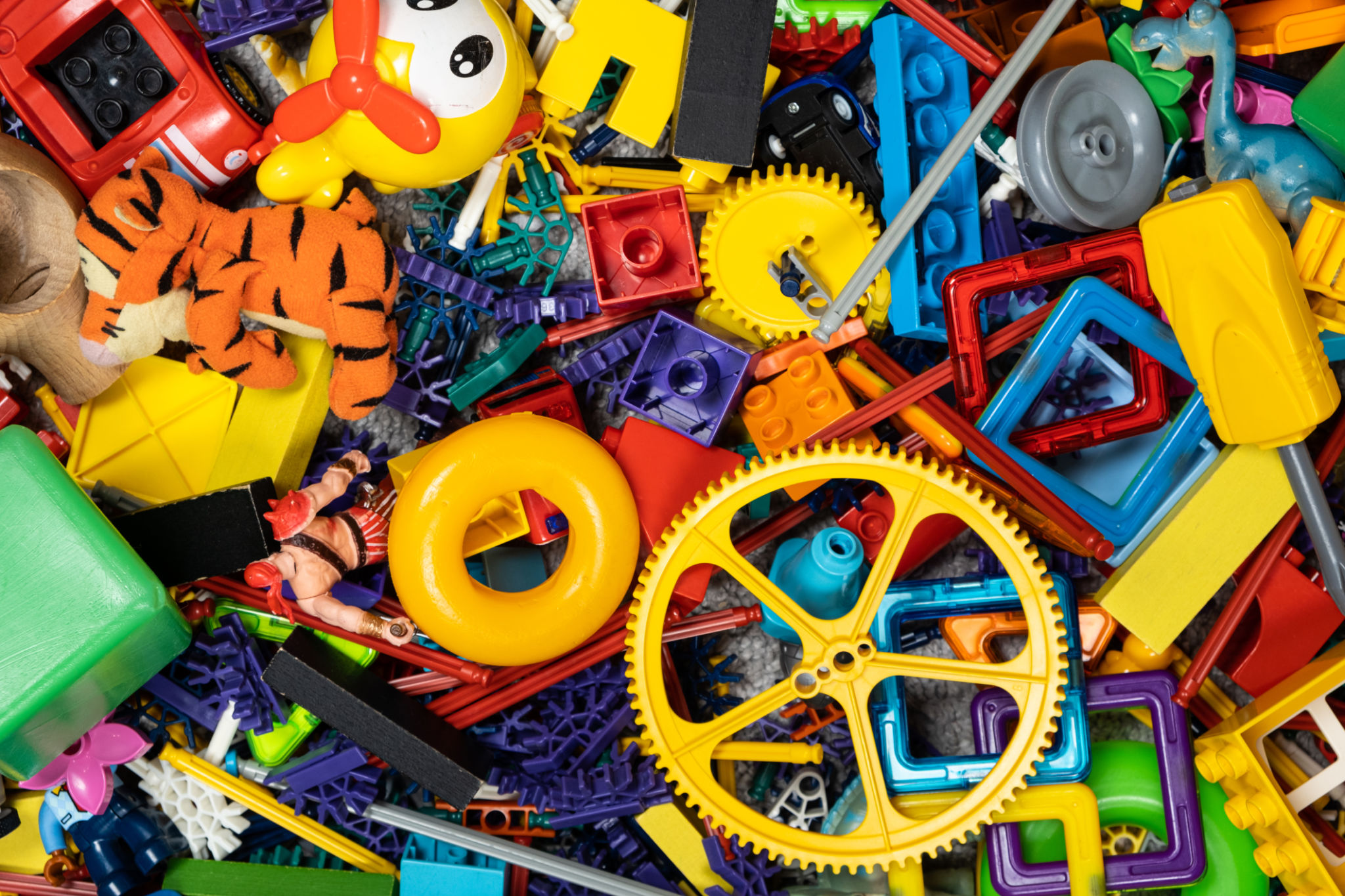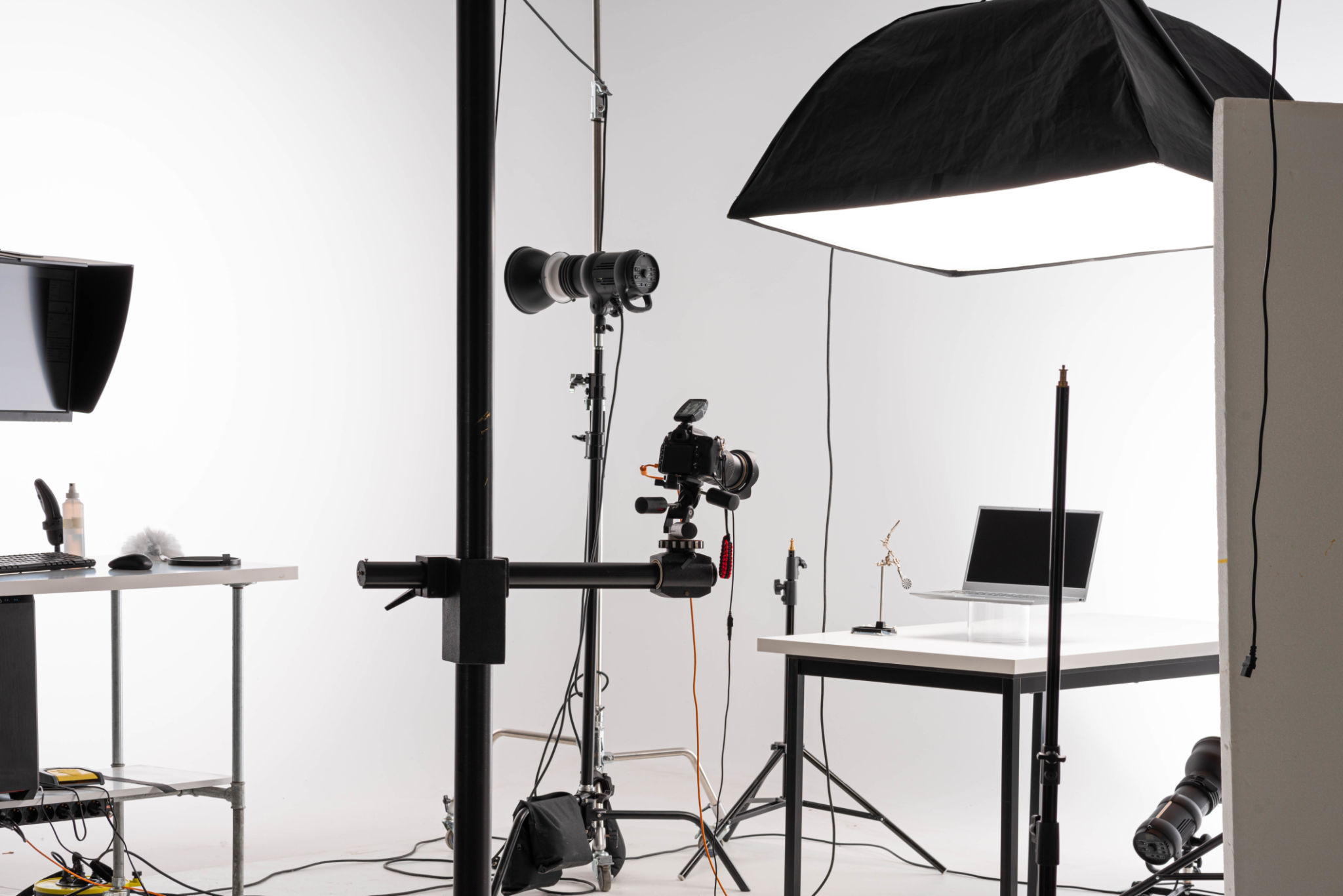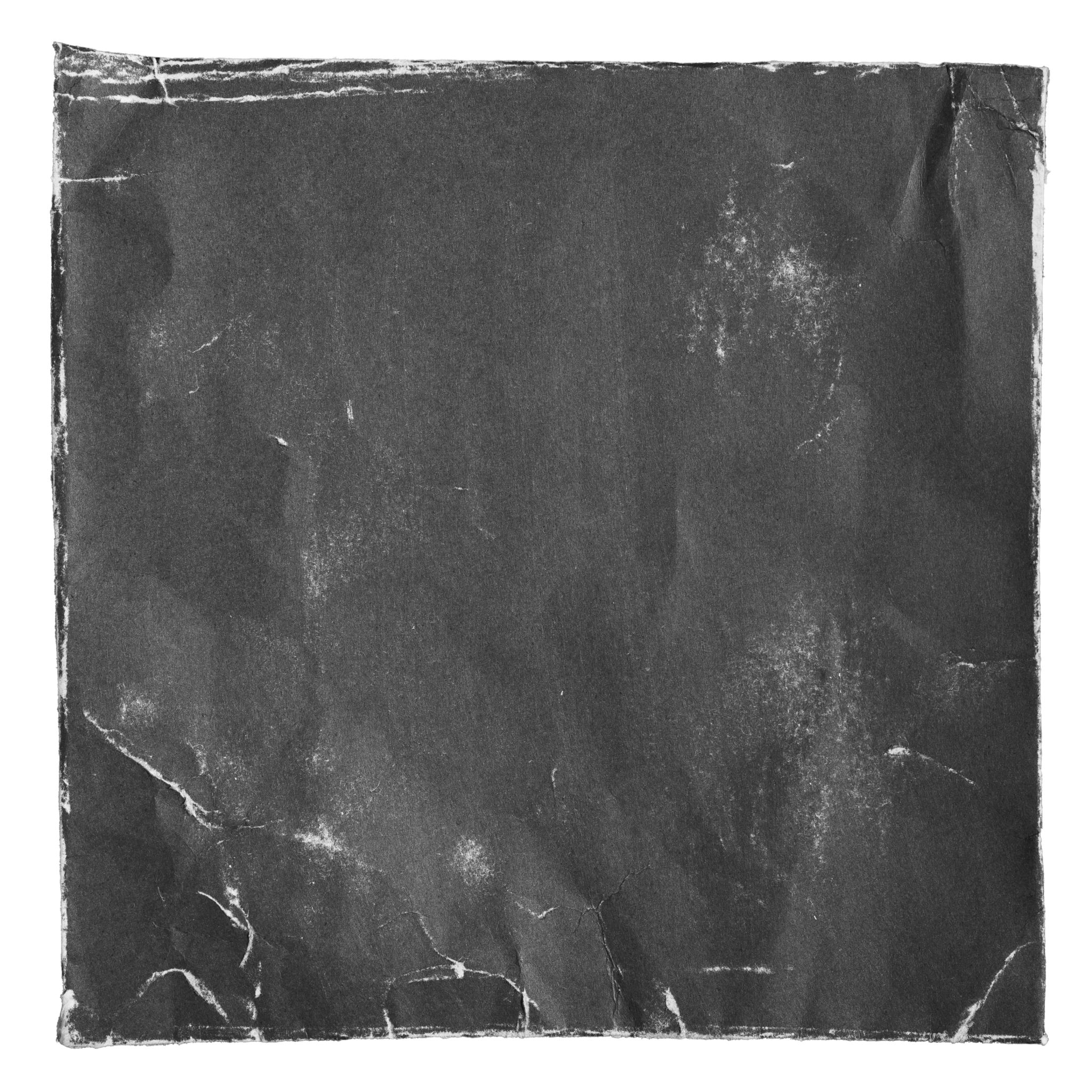Creating Original Album Covers: The Art of Toy Photography
Exploring the World of Toy Photography
Creating original album covers using toy photography offers a unique blend of creativity and artistic expression. This innovative approach allows musicians to visually convey the essence of their music through imaginative and playful visuals. By using toys as subjects, artists can craft a narrative that resonates with their audience, inviting them into a world where music and imagery merge seamlessly.
The art of toy photography requires a keen eye for detail and a vivid imagination. Toys provide a versatile medium, allowing photographers to experiment with various themes, settings, and characters. Whether it's a whimsical forest scene or an urban backdrop, the possibilities are endless. This flexibility makes toy photography a powerful tool for crafting album covers that stand out in a crowded market.

The Process of Creating Toy Photography Album Covers
To start creating an album cover through toy photography, artists must first conceptualize their theme. This involves understanding the album's music, mood, and message. Once a concept is established, selecting the right toys becomes crucial. Each toy should complement the theme and help convey the intended story or emotion.
Next, setting up the scene is essential. Attention to lighting, background, and composition can significantly impact the final image. Natural lighting can enhance the realism of toy photography, while artificial lighting allows for more control over shadows and highlights. Background choices can range from simple colored backdrops to detailed dioramas that add depth to the scene.

Editing and Finalizing the Album Cover
After capturing the perfect shot, the editing process begins. Editing software can help refine colors, improve contrast, and add effects that enhance the visual appeal of the image. Artists should aim to retain the authenticity of the photograph while ensuring it aligns with the overall aesthetic of the album.
Incorporating text and other design elements is the final step in creating a cohesive album cover. Typography should complement the image without overpowering it. The choice of font, color, and placement can dramatically influence how the cover is perceived by audiences.

Unique Benefits of Using Toy Photography
One of the most significant advantages of using toy photography for album covers is its ability to capture attention and spark curiosity. The miniature world created with toys often evokes nostalgia and wonder, drawing viewers in and encouraging them to explore the music further.
Additionally, toy photography offers a cost-effective solution for independent musicians and artists. Unlike traditional photoshoots that may require extensive resources and locations, toy photography can be done with minimal equipment and space. This accessibility allows more artists to express their creativity without financial constraints.
Engaging Audiences Through Storytelling
Toy photography not only creates visually appealing album covers but also serves as a storytelling medium. Each image can convey a narrative that complements the music, providing listeners with a multidimensional experience. By engaging audiences on both visual and auditory levels, musicians can create a deeper connection with their fans.
In conclusion, toy photography offers a refreshing and innovative approach to album cover design. Its unique ability to blend creativity with storytelling makes it an ideal choice for artists looking to leave a lasting impression. As more musicians explore this art form, we can expect to see even more captivating and original album covers in the future.